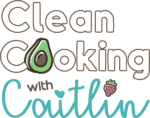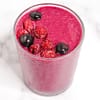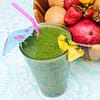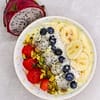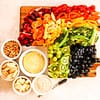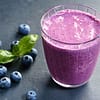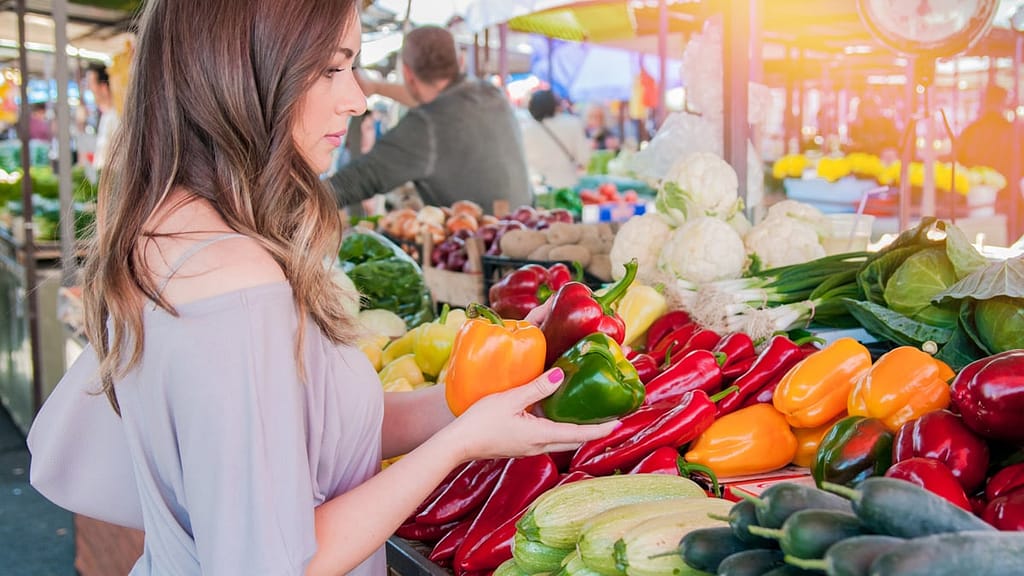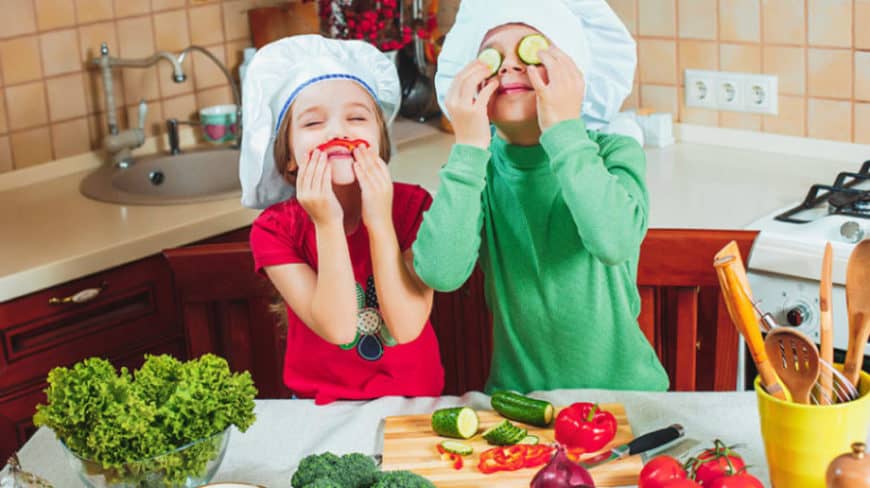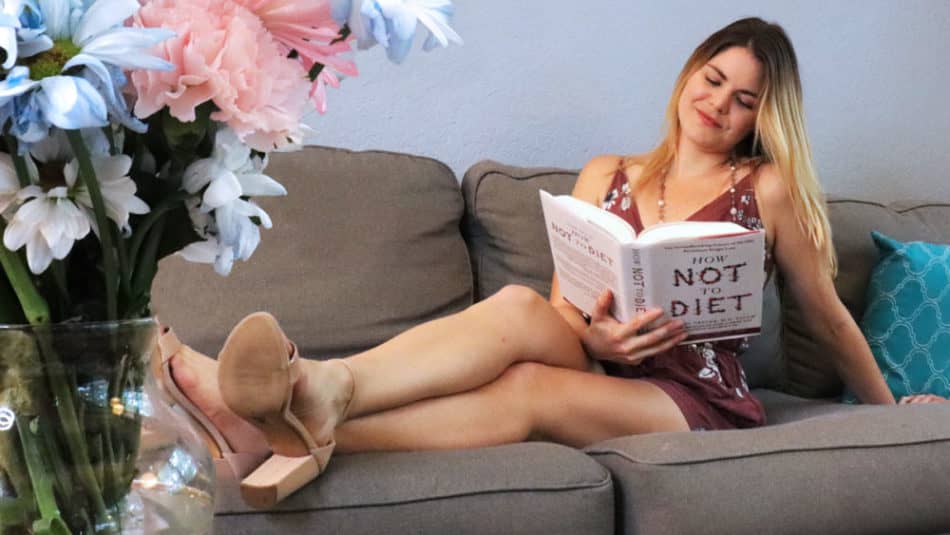Who says that you cannot eat bananas and lose weight? Indeed, this is not only possible, but bananas can even give you a precious helping hand in assisting your weight loss journey!
Let’s discover why are bananas good for weight loss, and how to make some tasty and healthy recipes using this amazing ingredient!
Why are Bananas Good for Weight Loss?
For many years, bananas have had a bad rep in the weight loss community. Higher in sugars and carbohydrates than most other fruits, bananas have been considered an energizing, calorically-dense food, that only athletes or people who were trying to gain weight could consume.
Nothing is more wrong! Indeed, if consumed in moderation, bananas can have remarkable benefits for weight loss, which have often been overlooked. Let’s look at some of them.
A Great Source of Soluble and Insoluble Fiber
First of all, bananas are not only rich in several minerals and vitamins, such as potassium, zinc, and selenium, but they are also a great source of fiber. In turn, fiber is great for many reasons. It may help reduce bad cholesterol levels, promote better gut health, and reduce inflammation in the body.
As far as weight loss is concerned, the soluble fiber in the banana can absorbs water in the gut, which then forms a sort of gel. This gel slows down digestion, which helps us feel fuller for longer, thus potentially reducing our overall caloric intake.
Moreover, the resistant starch (mainly found in unripe fruits) and the soluble fiber have a role in lowering insulin levels in our blood. This is particularly helpful when trying to lose or maintain weight, as high levels of insulin are positively associated with an increase in fat cells. Besides, by stabilizing blood sugar levels, soluble fibers can help stop cravings for unhealthy, processed foods, and restore natural hunger and fullness clues.
On the other hand, the insoluble fiber, or roughage, in the banana, adds bulk to the stool, which makes it easier to go to the bathroom 💩. As you all might know, being regular is essential if you want to feel less bloated, which is always motivating when embarking on a health or weight loss journey!
A Great Natural Sweetener
Another reason why bananas are good for weight loss is the fact that they are an excellent natural sweetener. Indeed, although bananas are rich in sugars, this is not necessarily a bad thing! Natural sugars, such as the ones contained in fruits, are way healthier than refined sugars. Indeed, those latter are linked to an increased risk of type-2 diabetes, coronary disease, and cancer. Moreover, as said above, bananas contain a good amount of fiber. This helps to regulate the absorption of these natural sugars into the bloodstream.
This is why sweetening your smoothie bowls or oatmeal with some banana slices, or using frozen bananas as the base for a healthier ice cream is a good idea! You will find more healthy recipes with bananas down below.
Don’t Consume Bananas If…
All is well and good, but are there any cases in which eating bananas is not recommended? The answer is yes, there are two main cases in which bananas are not recommended.
The first one is if you are following a low-carb diet. Indeed, with 23 grams of carbs every 100 grams (a medium-sized banana typically weighs around 150-200 grams, unpeeled), bananas can be considered a high-carb fruit. In this case, it is suggested to opt for low-carb fruits, such as berries, peaches, melons, or oranges.
The second case is, instead, if you suffer from diabetes. But there is a caveat to this: there is no problem if you consume under-ripe bananas! Indeed, the glycemic index (GI) of bananas varies from 42 (medium to low) to 62 (medium to high), depending on ripeness. Specifically, ripe bananas having a higher GI than greener bananas. The reason is that the sugar content increases as the banana matures, which in turn affects blood sugar levels. Therefore, just avoid overly ripe fruits and you are good to go!
Bananas: A Great Source of Minerals and Nutrients
Bananas are an energizing fruit, rich in simple carbs and minerals – such as potassium, magnesium, and selenium. These make them ideal for quick and easily-digestible pre- and post-workout snacks.
They do also contain several antioxidants, including dopamine and catechin. These are particularly helpful in regulating blood pressure and in reducing the formation of free radicals. These are essential for slowing down the natural aging processes. The dopamine can also improve your mood! 😀
One medium-sized banana (150-200 grams, unpeeled) contains approximately:
- Fat: 0 grams
- Protein: 1 gram
- Carbs: 29 grams
- Fiber: 3 grams
- Vitamin C: 10mg
- Riboflavin: 7% of the DV
- Folate: 23mg
- Niacin: 5% of the DV
- Copper: 11% of the DV
- Potassium: 422mg
- Magnesium: 32mg
- Energy (calories) 112
Fun Facts about Bananas
- Bananas are technical “berries“, as the banana tree holds seeds and is a flowering plant.
- The leaf of the banana “tree” reaches up to 1.5 m (~5 ft).
- Almost 95% of American households purchase bananas at least once a month.
- India has the highest in banana consumption followed by China and Indonesia
- Did you know that you can actually eat banana peels? Try them in this vegan carnitas recipe.
- Have you bought too many bananas, and now you have overly ripe fruits? A solution is to freeze them. This not only slows down the ripening process, but you can also use your frozen bananas in delicious smoothie bowls and plant-based ice creams (recipes down below).
How to Choose the Perfect Banana: Some Ingredient Selection Tips
For immediate use, choose bananas that are already ripe (yellow with brown spots), but not too ripe (brown or black peel). Light green bananas can instead last longer and be used within a few days.
In any case, look for plump fruits. At the same time, avoid those with cracks in the skin, as those can lead to the proliferation of bad bacteria. Ideally store your bananas in a dark, cool room.
Does Blending a Banana Make It Unhealthy?
Blending a banana is bad for you: Tik-Tok trend, or hard truth? Let’s have a look at one of the most heated debates of the last few months!
As we have learned above, bananas are an awesome source of several essential nutrients, including potassium, vitamin C, vitamin B6, and dietary fiber. But what happens when you blend them, for example in smoothies and nice creams, or you pureè them to create scrumptious pancakes or banana bread? According to the latest research..little or nothing!
Despite the common misconception circulating lately that blending a banana makes it less nutritious, as breaks down the vitamins, minerals, and fibers in it, while raising its glycemic index (GI), various studies and scientific sources have found that these effects are mostly insignificant. In addition, blending this tasty fruit may actually make the fiber in it more easily digestible, allowing for better absorption of its nutrients.
But what happens if you are diabetic or are following a low-glycemic diet? Generally speaking, the process of blending breaks down the cellular structure of the fruit. This breakdown means that the sugars contained within the banana can be absorbed more rapidly into the bloodstream, potentially causing a quicker spike in blood sugar levels compared to consuming a whole banana. For folks keeping a close eye on their sugar levels, this is a handy tidbit to remember! At the same time, some studies have shown that even though blended fruits might have a slightly higher GI compared to their whole counterparts, the effects on blood sugar are offset by the protective action of the fiber found in the fruit.
Lastly, do bananas have a negative effect on the absorption of flavanols -powerful antioxidants mainly found in leafy vegetables, onions, apples, berries, cherries, soybeans, and citrus fruit? According to a recent study led by the University of California and published in Food and Function, the answer is yes! More specifically, the polyphenol oxidase, an enzyme responsible for the browning when these are cut or bruised, which is found in high levels in bananas, might affect the absorption of flavonols by the human body. Perhaps shockingly, adding banana to a berry smoothie reduces the flavanols taken in by the consumer by a considerable 84%.
The solution? Following a more varied diet, including different fruits, and rotating between different smoothie recipes! Even though blending a banana does not significantly change its nutritional profile, combining it with some specific fruits (primarily berries and apples) might affect the ability of our bodies to absorb some of the nutrients in the latter. In addition, bananas are quite calorically dense, and by blending them we might overlook the quantity of this fruit that we are actually eating!
Is it Possible to Cultivate Bananas in Colder Climates?
The answer is yes, but only in greenhouses or in containers and then taken outdoors in the hotter summer months. The ideal temperature for optimal growth is approximately 19 to 30°C (~66°F – 86°F).
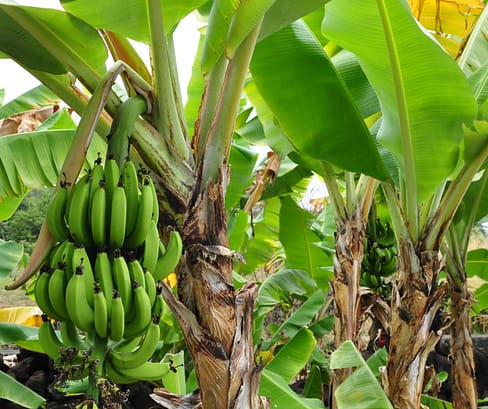
Moreover, banana plants need humid soil with an average pH value between 5 and 7 and lots of water to develop their large leaves. However, unless they are dwarf banana trees, they also need a lot of space to grow. This makes their cultivation in our households quite impractical (unless you have a very tall greenhouse).
Easy and Healthy Recipes with Bananas (weight-loss-friendly)
Bananas are the perfect ingredient for healthy, weight-loss-friendly breakfasts and desserts.
I often use them as the base for mouthwatering smoothies, such as my Kombucha Smoothie, Tropical Spirulina Smoothie, Pina Colada Dragon Fruit Smoothie Bowl, and Coconut Smoothie Bowl.
They are also a great natural sweetener for oatmeal and breakfast bowls, as in these Whipped Coffee Chocolate Breakfast Bowl, and Peanut Butter Banana Oatmeal.
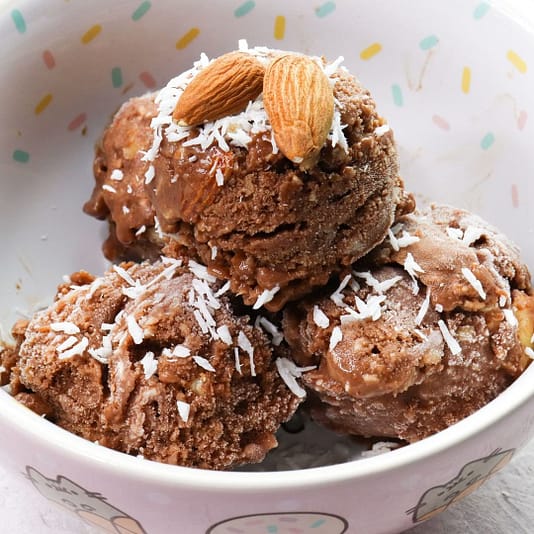
Moreover, you can even use frozen bananas to prep a delicious and creamy healthy nice cream (banana ice cream), check out the recipe here: Almond Joy Nicecream.
